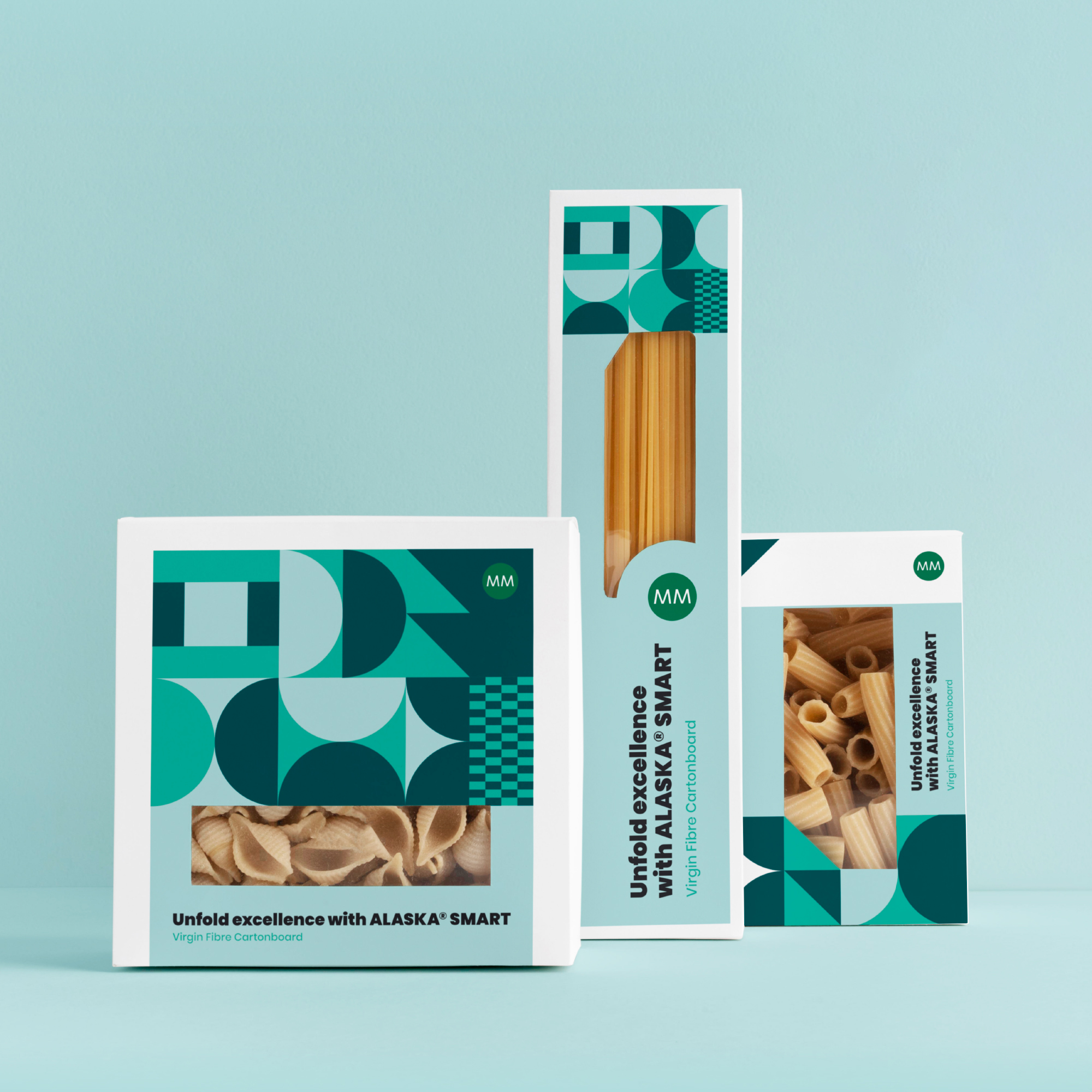Bending stiffness
Bending stiffness is one of the most important characteristics of the cartonboard due to its substantial influence on the runnability properties from the printing press to the packaging line.
Bending Stiffness L&W
Bending stiffness is the resistance against bending in the elastic area of the cartonboard, in the measurement method according to L & W the bending angle is 5°.
Unit |
mNm |
Test Standard |
DIN 53121 |
General information
The bending stiffness is defined as resistance against bending in the elastic area of the cartonboard. The most commonly used method in the paper and board industry is the 2-point bar method. During this method, the amount of force, which it takes to bend a test strip to a specified angle, is measured. In the measurement method according to L&W (Lorentzen und Wettre), the bending angle is 5°. The bending stiffness must be measured in both machine (longitudinal) and cross (transverse) direction. The MD stiffness is higher than the CD stiffness due to the orientation of the fibres during the manufacturing process. The stiffness is mainly determined by the area-related mass and the thickness, but also by the selection of the raw materials, the refining degree of the pulp and the moisture content.
Bending Stiffness Taber 15°
The bending stiffness is defined as resistance against bending in the elastic area of the cartonboard, in the measurement method according to Taber the bending angle is 15°.
Unit |
mNm |
Test Standard |
Tappi T489 |
General information
The bending stiffness measurement method according to TABER determines the bending stiffness of cartonboard. The result corresponds to the force, which is required to deflect a 1,5 inch (38mm) wide sample to an angle of 15°. The bending stiffness must be measured in both machine (longitudinal) and cross (transverse) direction. The MD stiffness is higher than the CD stiffness due to the orientation of the fibres during the manufacturing process. The stiffness is mainly determined by the area-related mass and the thickness, but also by the selection of the raw materials, the refining degree of the pulp and the moisture content.
Additional details – practical relevance
The stiffness is an important characteristic of the cartonboard, because it has a substantial influence on the strength of the cartonboard, the runability properties during the printing process and on the requirements for converting, especially on packaging lines. The moisture content of the cartonboard has a significant influence on its stiffness. Note: There is no valid standardized conversion of the bending stiffness according to DIN 53121 to Tappi T 489.



